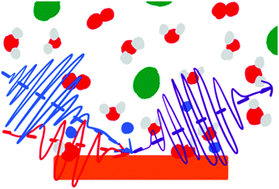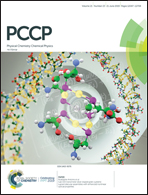Vibrational sum-frequency generation spectroscopy of electrode surfaces: studying the mechanisms of sustainable fuel generation and utilisation
Abstract
The electrocatalytic oxidation of water coupled to the reduction of carbon dioxide, to make carbon based products, or the reduction of protons to provide hydrogen, offers a sustainable route to generating useful fuels. However new improved electrocatalysts and electrode materials are needed for these reactions. Similarly fuel cells for fuel utilisation rely on precious metal electrodes and new lower-cost materials are needed. Developing efficient catalysts for sustainable fuel generation can be accelerated with an improved understanding of the underlying mechanisms. Herein, we present a perspective on the use of vibrational sum-frequency generation (VSFG) spectroscopy to study such electrocatalytic mechanisms. We briefly outline the basic principles of VSFG spectroscopy pertinent to the study of electrochemical interfaces. We then review the use of VSFG to study water at charged and electrode interfaces, relevant to the mechanisms of water oxidation, the mechanisms of alcohol oxidation and also molecular electrocatalysts for carbon dioxide reduction.

- This article is part of the themed collection: 2019 PCCP HOT Articles


 Please wait while we load your content...
Please wait while we load your content...